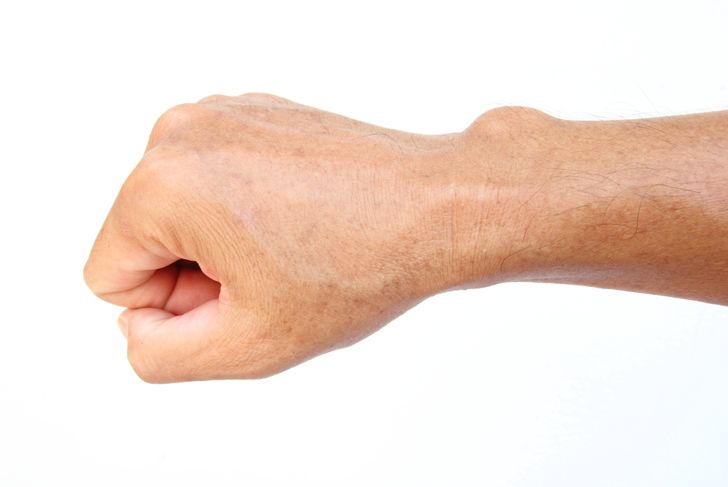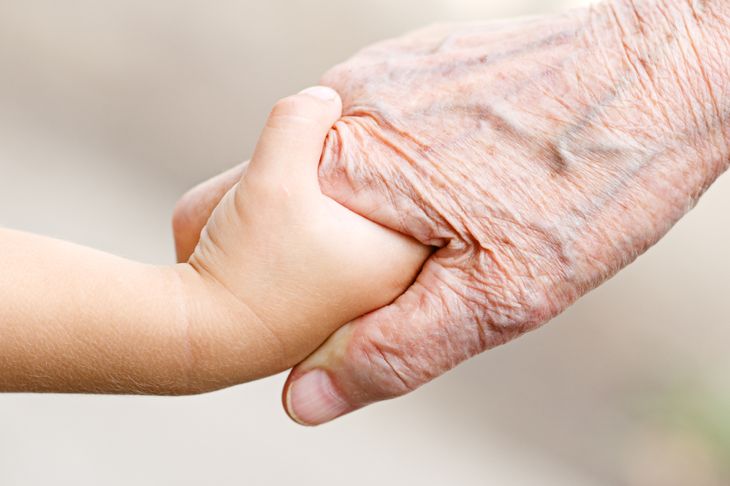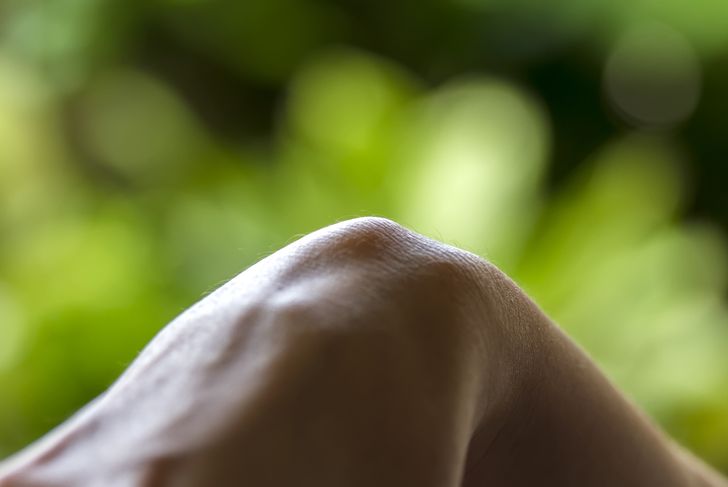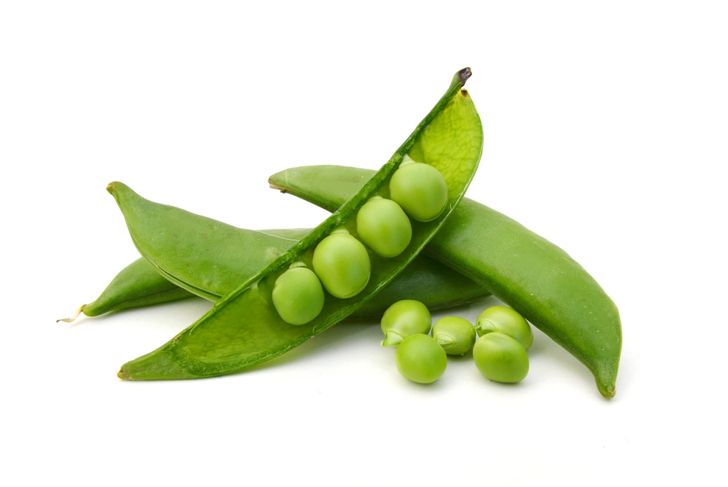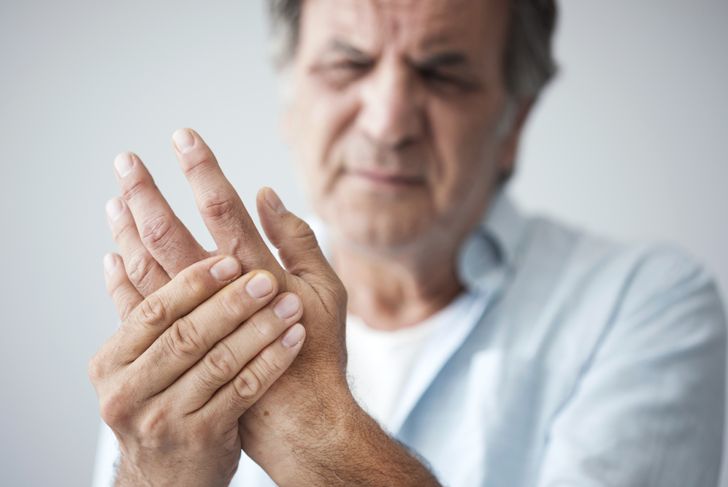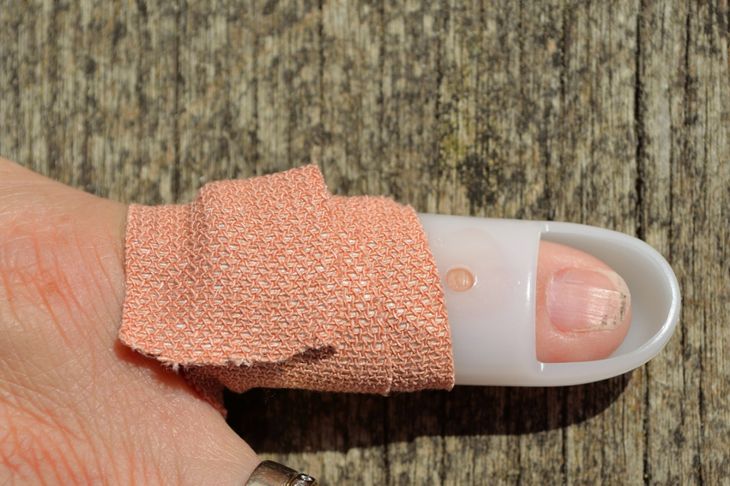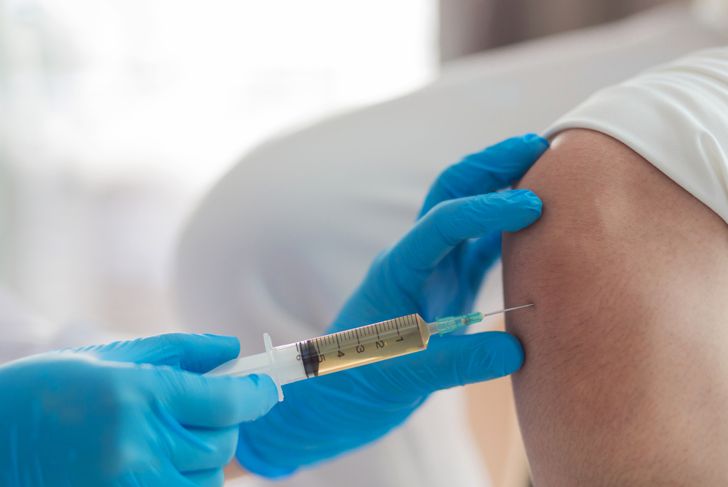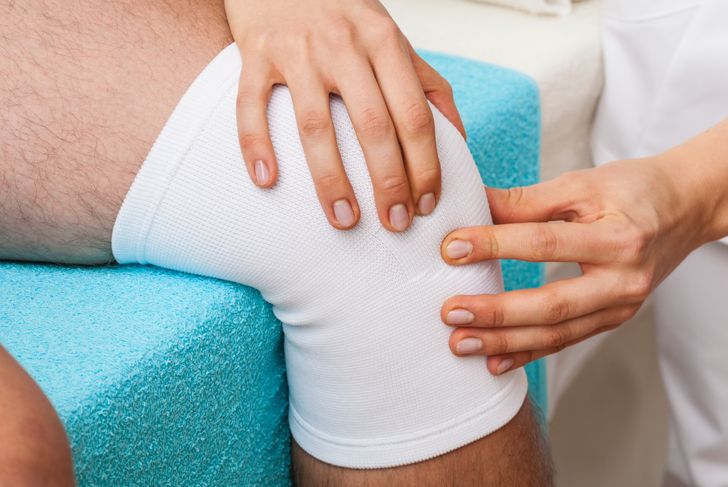Ganglion cysts are non-cancerous lumps that usually form on the hands and feet but are also know to develop on the knees, ankles, and face. They are round or oval and typically pea-sized to the size of a cherry. They can be painful on the nerves and interfere with the movement of the joints. Ganglion cysts can be caused by trauma, osteoarthritis, or joint and tendon injuries. Some symptoms of ganglion cysts include location, size and shape, and pain. Treatment for these cysts can include aspiration, immobilization, and surgery.
Trauma
While the exact cause of the Ganglion cyst is unknown, it is suggested that trauma may be a primary cause. The injury causes a break down in the tissue of and around the joints. The trauma, in turn, causes cysts to form. Continued damage may result in the mass becoming fluid-filled or solid.
Age/Sex
While the age and sex factor can hit anyone, the more common in women than that are aged 20 through 40. In studies, it has been proven that 70% of all reported cases have been within these ranges. It is rare that ganglion cysts will strike children under the age of ten. However, it has been seen as early as twelve to fifteen years old.
Osteoarthritis
One cause of the formation of ganglion cysts is the presence of osteoarthritis. In this case, it is typically wear and tear on the finger joints below the nails and strikes women more than men. The women are in the forty to seventy age range. The ganglion cysts may form grooves on the nails, and the stalks or roots are attached to the joints. X-rays, ultrasounds or MRI’s are methods used to confirm the presence of osteoarthritis. Aspiration is not recommended due to the risk of infection to the joints involved. It is recommended to observe or to operate if the pain is present, persistent, or persistent.
Joint or Tendon Injury
Joint or tendon injuries in the past are more likely to result in ganglion cysts. These injuries can be simple or complex to a person such as an individual hitting their hand on a door. Another cause is the possible use of overuse of the area in activity. Repeated motions are a top cause of joint and tendon injuries and the resulting ganglion cysts.
Location
While ganglion cysts most often occur on the fingers at the last joint before the fingernails, it is possible for them to form on other parts of the body. They have routinely been found on the wrists, hands, feet, knees, ankles, and shoulders. Grip and joint movement based on their location will be limited depending on the size.
Shape and Size
A ganglion cyst is most often circle to oval in shape. The most common size ranges from a pea-sized cyst to an inch in diameter. They can grow suddenly, and the more active and the more significant a ganglion cyst can develop. Activity can also cause them to break up and dissolve.
Pain
Ganglion cysts can cause pain or weakness by pressing on the nerves and muscles in the area of the cyst(s). Grip and joint movement can be limited to seized due to the location and or stalks of the cyst wrapping around the joints. Individuals can experience tingling, numbing and muscle weakness. If a noticeable lump or pain is present, a physician should be consulted.
Immobilization
Immobilization works to help decrease pain by releasing the pressure on the nerves. It can also reduce the size of the cyst with the use of a brace or a splint. However, long-term use of these devices is not recommended because they can cause muscle weakening in and around the area of placement.
Aspiration
With aspiration, a needle is inserted into the ganglion cyst, and the fluid is drained. This procedure is often done in your primary’s office. However, the cyst will most likely reoccur in aspirations. This procedure is not removing the roots that have grown into the joints, near the nerves or ones that cause any pain. For these reasons, aspirations are typically only done in cases where the pain is not present.
Surgery
Ganglion cyst surgery is the second must elective referral to surgeons. Surgery is only recommended in cases where the cyst is painful, continuously returns, or is in a location that causes immobilization of a joint. It is less likely that a cyst will return after surgery. Surgery is most often completed through a small incision and typically heals quickly. In most cases, an orthopedic or hand surgeon will perform the procedure. You may require physical or occupational therapy after the surgery.

 Home
Home Health
Health Diet & Nutrition
Diet & Nutrition Living Well
Living Well More
More